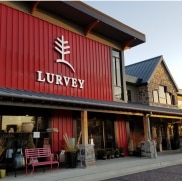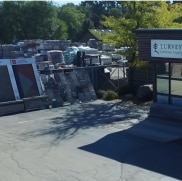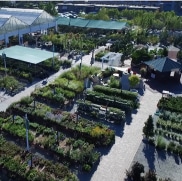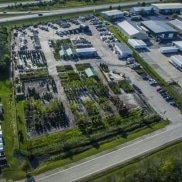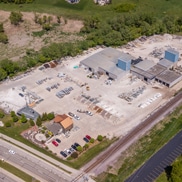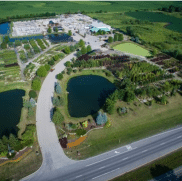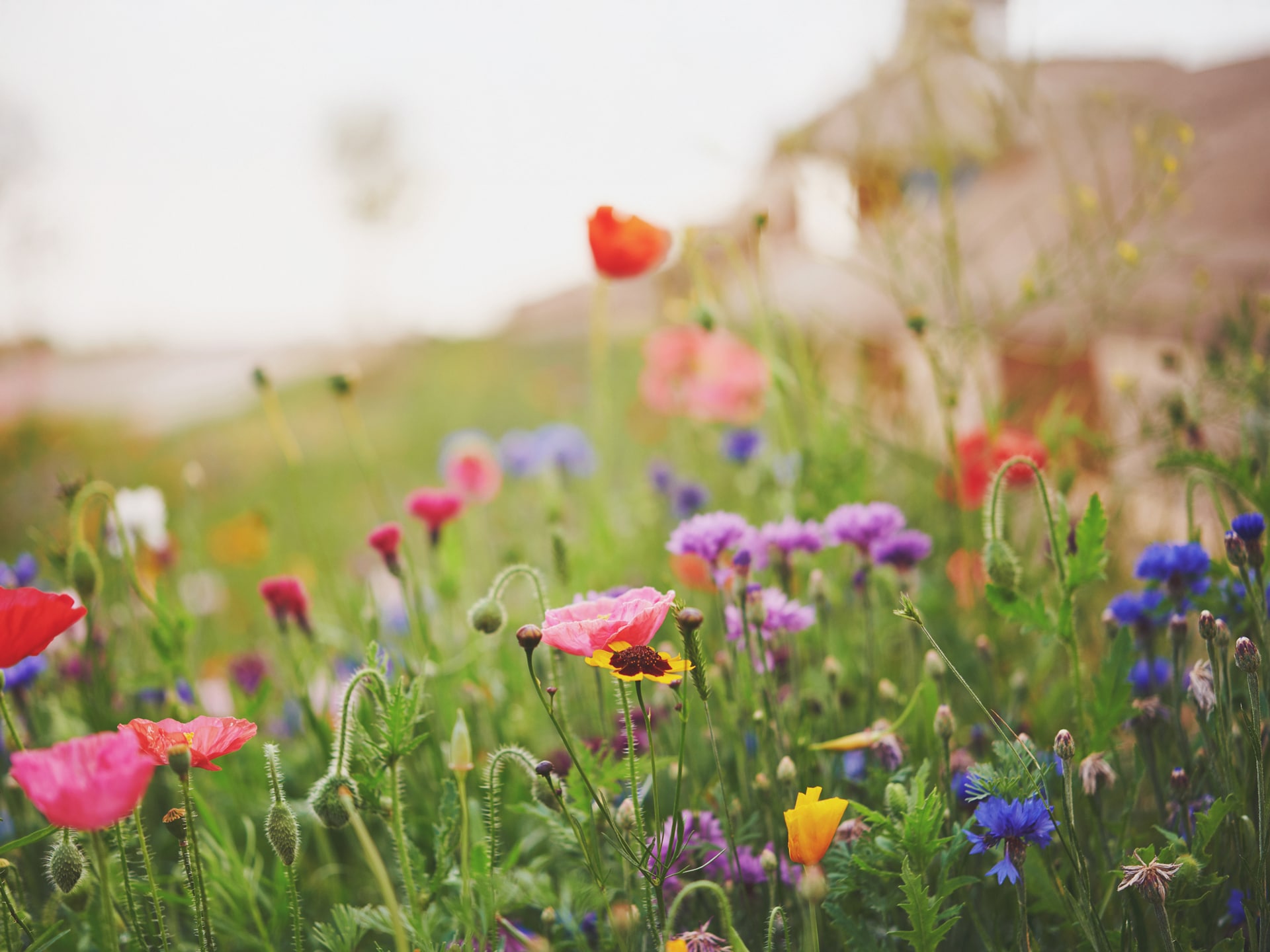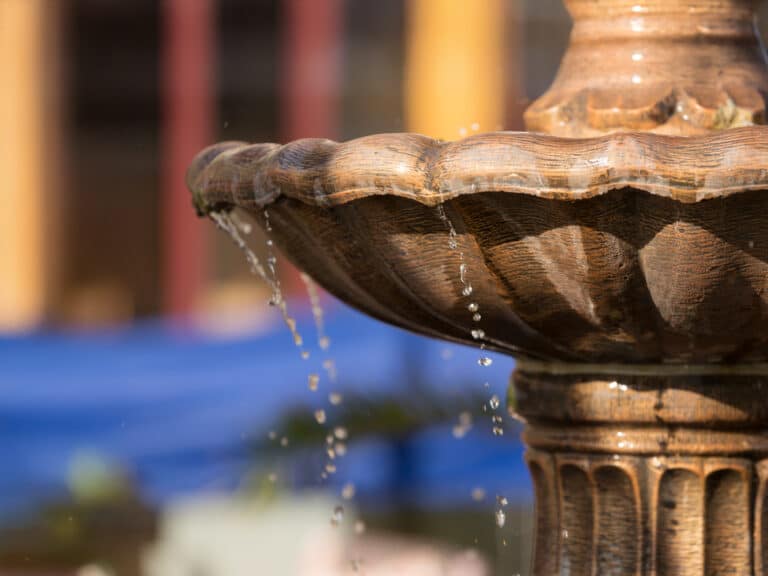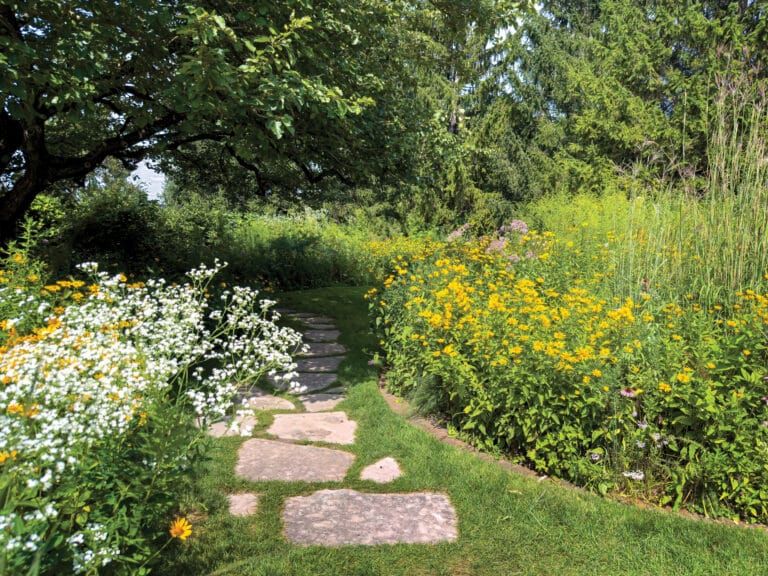As the frost fades and warmer days arrive, spring is a chance to reawaken your garden with bold color, natural charm, and an invitation to pollinators. One of the most joyful—and impactful—ways to do this is by planting wildflowers. These stunning, easygoing blooms offer more than just a pop of color. They bring texture, life, and an undeniable vibrancy to your landscape, all while supporting the environment in meaningful ways.
At Lurvey, we’re big believers in the power of planting with purpose. Wildflowers do just that, turning your garden into a living, breathing ecosystem while also creating something you’ll be proud to show off all season long.
Why Wildflowers?
Wildflowers are the unsung heroes of the gardening world. They’re resilient, adaptable, and surprisingly low maintenance. Unlike traditional annuals or ornamental perennials, wildflowers are often native to our region, which means they’re naturally equipped to handle the fluctuations of our Midwest weather, from sudden spring downpours to dry summer heat.
They also do something extra special: they support local biodiversity. Wildflowers provide food and habitat for bees, butterflies, birds, and other pollinators that are essential to both our gardens and our food supply. In planting wildflowers, you’re not just adding beauty—you’re giving back to nature.
A Colorful Cast of Characters
There’s no shortage of beautiful wildflowers to choose from, and each one brings its own personality to the landscape. Picture cheerful yellow Black-Eyed Susans swaying in the breeze, vibrant Purple Coneflowers rising proudly above lush green foliage, or delicate Cosmos dancing in the sunlight with hues of pink, white, and soft orange.
California Poppies add fiery bursts of orange, perfect for sunny beds and borders, while Blanket Flowers lend their signature red-and-yellow flair with a long bloom time and excellent drought tolerance. Together, these flowers create a tapestry of color that evolves with the seasons and feels completely at home in naturalistic or modern garden designs.
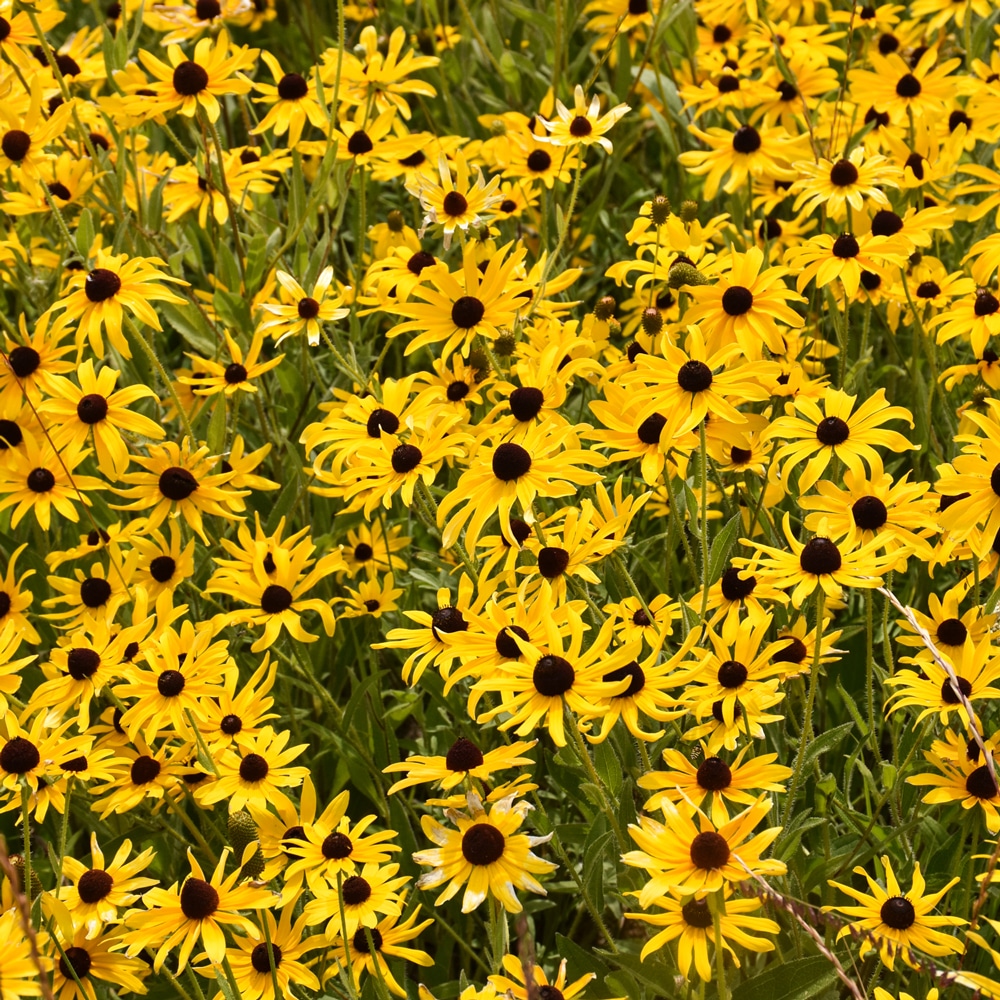
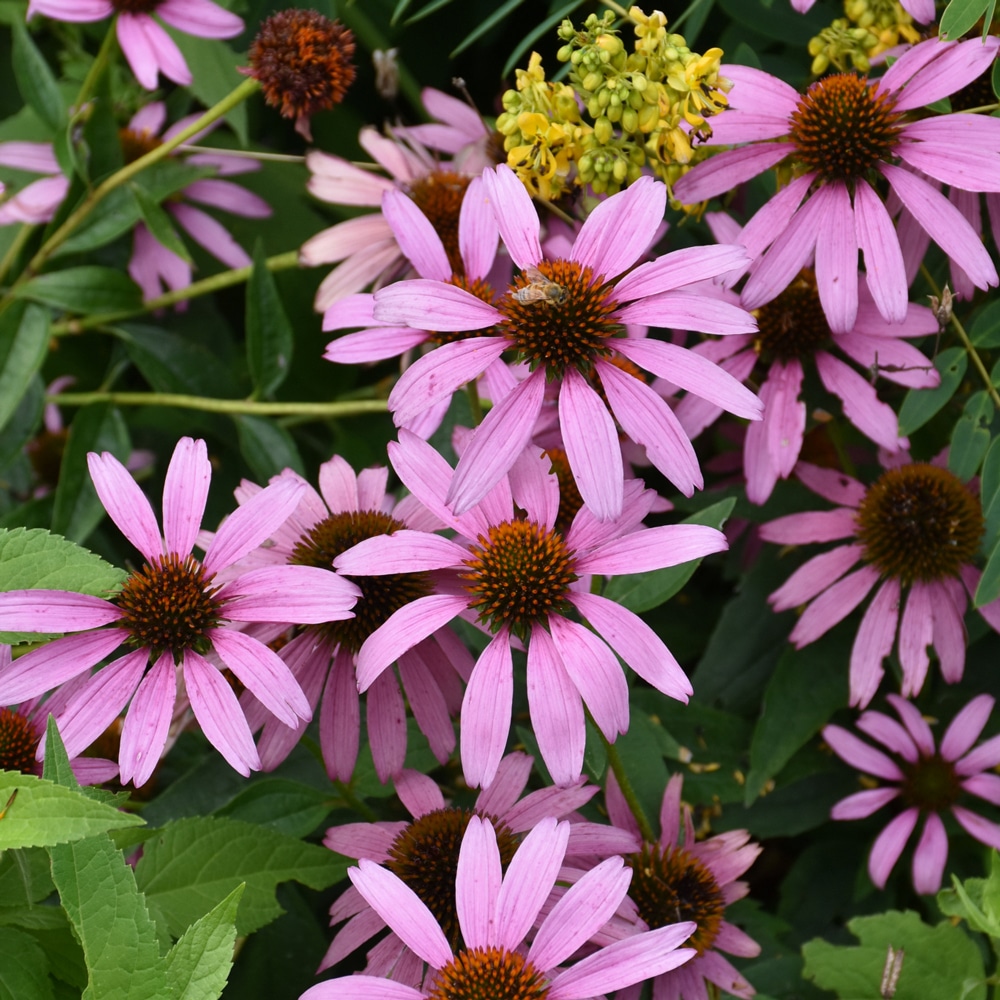
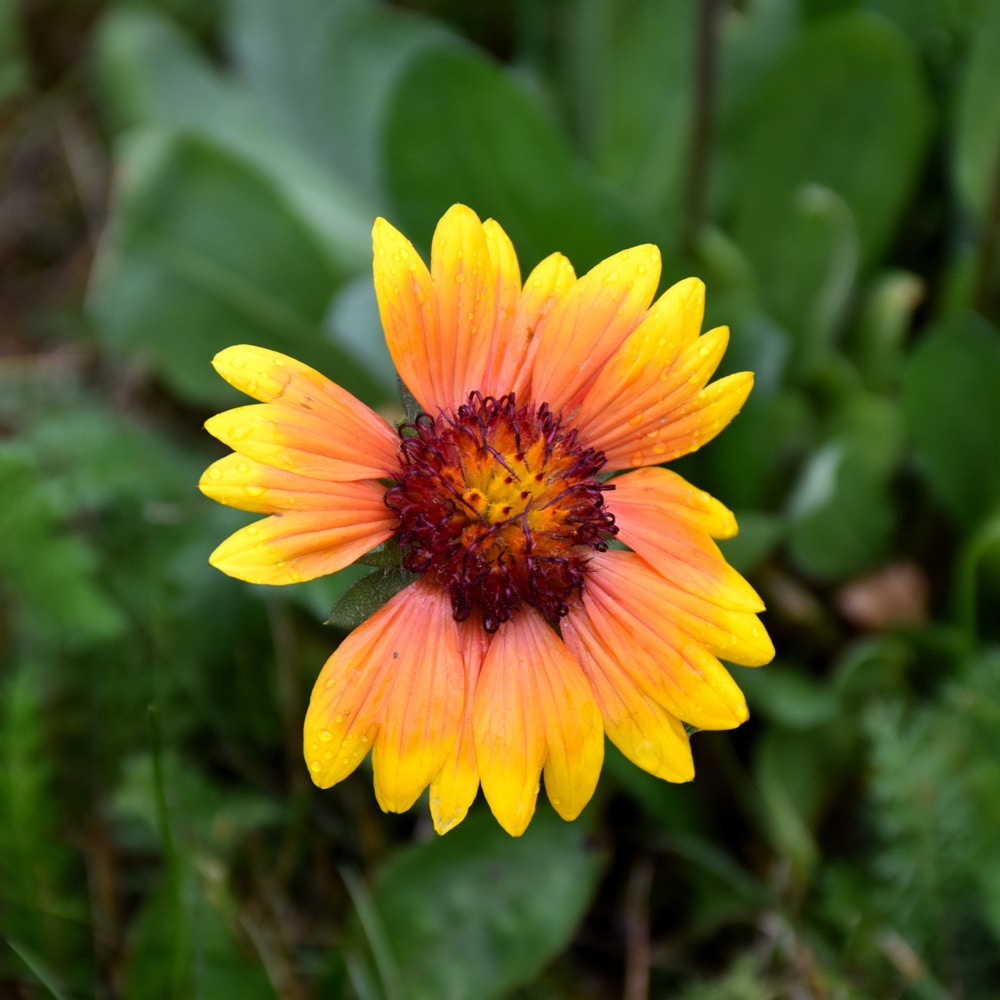
How to Plant for Wildflower Success
Planting wildflowers is easier than you might think—and incredibly rewarding. The best time to sow wildflower seeds is in early to mid-spring, once the ground has thawed and temperatures begin to warm. Choose a sunny location with well-drained soil. While wildflowers are tough, they do need good seed-to-soil contact to get established, so it’s important to prep your planting area by removing weeds, loosening the top layer of soil, and raking it smooth.
Once the area is ready, simply scatter your seeds by hand and lightly press them into the soil with your palm or a board. You don’t need to bury them deeply—most wildflower seeds prefer a shallow planting. Keep the area consistently moist until germination begins, which usually takes 7–21 days, depending on the mix and weather conditions.
After that, nature takes the lead. Most wildflowers thrive with little care, needing only occasional watering during dry spells. By mid-to-late spring, your garden will begin to fill with color, movement, and life.
A Garden That Gives Back
Incorporating wildflowers into your garden does more than make it look good—it turns your space into a sanctuary. Bees buzz from bloom to bloom, butterflies flutter through sun-dappled petals, and birds perch nearby, drawn by the life your garden supports. It’s a reminder that beauty and sustainability can go hand in hand.
Better yet, many wildflowers are perennials or self-seeding annuals, meaning they’ll return each year with minimal effort. That’s a win for the planet and your gardening schedule.
Designing with Wildflowers
Whether you’re creating a wildflower meadow, lining your driveway with color, or mixing a few into existing beds and borders, there’s no wrong way to use wildflowers in your landscape. For a polished look, pair wildflowers with ornamental grasses or native shrubs to create contrast and structure. You can even plant them in containers for a more contained burst of color.
If you’re not sure where to begin, Lurvey’s garden experts can help you select the right wildflower blends for your space and style. We also invite you to explore our Dream Garden Inspiration Guide, filled with ideas to spark your creativity and make planting with purpose easier than ever.
Let Spring Bloom Naturally
Wildflowers are more than just pretty petals. They’re a celebration of the season, a gift to pollinators, and a joyful reminder of how small choices in our gardens can make a big difference. Whether you’re planting a handful or creating a full-scale meadow, adding wildflowers to your landscape is a colorful step toward a healthier, more vibrant outdoor space.
So grab your gloves, pick your seeds, and let your garden bloom wild this spring.
